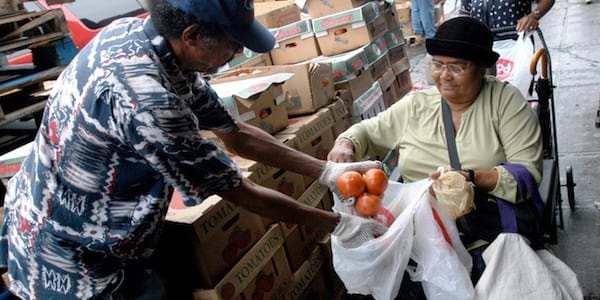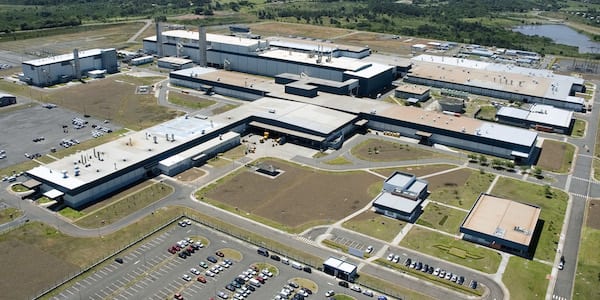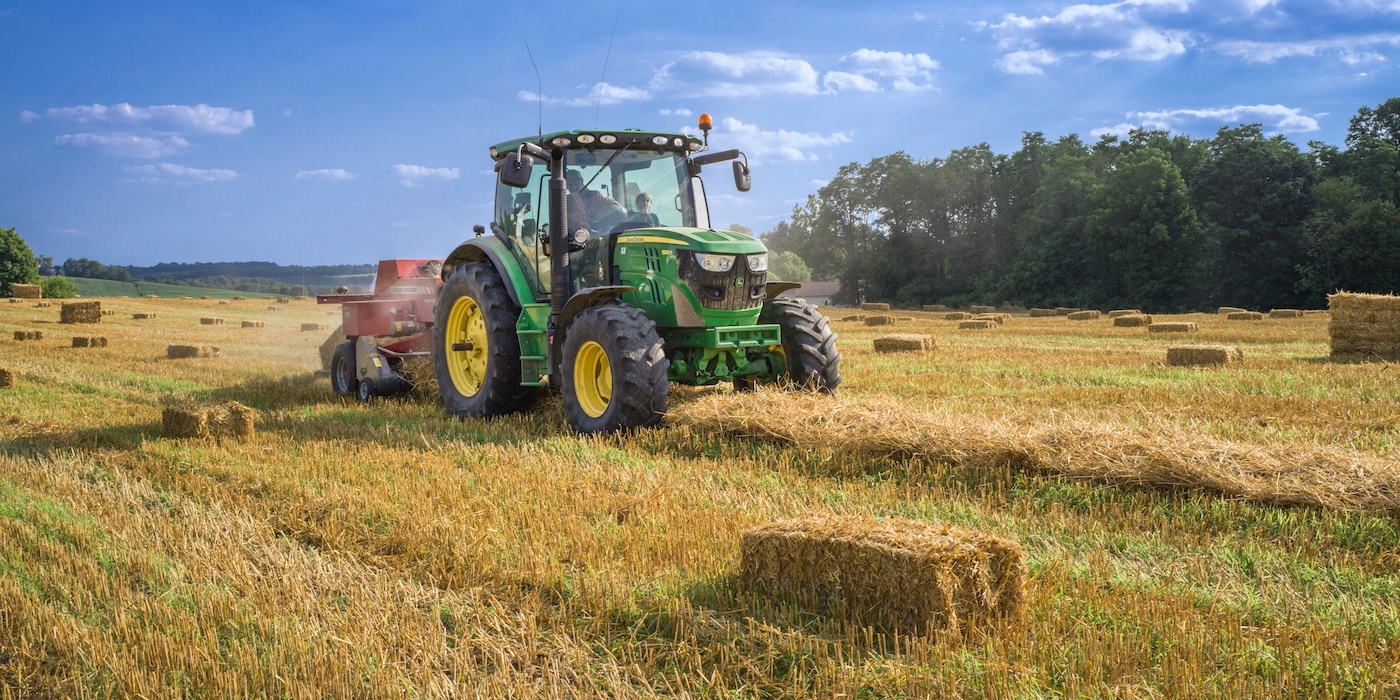
Lean thinking for the public good: feeding the poor in NYC
INTERVIEW – Lean for social good may sound new to many, but to the CEO of one of America’s largest food banks, the partnership between her organization and Toyota to defeat hunger in the Big Apple seems just natural.
Interviewee: Margarette Purvis, President and CEO, Food Bank For New York City
Roberto Priolo: Can you tell us about the work of Food Bank For New York City, please?
Margarette Purvis: Across New York City’s five boroughs, there are about 1.4 million people relying on soup kitchens and food pantries – they are mainly women, children, seniors, the working poor and people with disabilities. Hunger is literally around the corner here, and Food Bank made it our mission to eradicate it
Every day, we dispatch between 18 and 31 tractor trailer trucks from our warehouse and distribution center in the Bronx across the five boroughs of New York City. Those trucks travel to our network of more than 1,000 charities and schools, providing more than 63 million free meals annually to New Yorkers in need.

RP: When and how did Food Bank For New York City first encounter lean thinking?
MP: Our first exposure to kaizen was in 2011-2012, when we introduced it in our Harlem-based soup kitchen and then to a number of soup kitchens and food pantries in our network. Almost a year later, hurricane Sandy hit. Our efficiency and speed in getting food to people in critical emergencies suddenly became paramount.
In the following months and into 2013, Toyota Production System Support Center (TSSC) helped us to spread the word on the Toyota Production System to the charities working with us, training more people.
An example of the extraordinary support they provided us is the work we did to shorten the lines of people waiting for food in the Rockaways, in Queens. The video below, which has reached over 1.2 million views on Youtube, tells that story.
RP: A carmaker and a food bank… I am sure this partnership comes as a surprise to many. Why do you think it was so successful? Why does this story resonate so much with the lean community?
MP: When I first learned the story of where Toyota’s culture of improvement comes from I was deeply moved: Sakichi Toyoda’s automatic loom was the result of his desire to come up with a solution that would help his mother do her job. The company may have ended up making cars, but the values driving it are all about improving the lives of people and making a positive contribution.
At Food Bank For New York City, we share those same values.
While people may initially struggle to see a clear connection between a carmaker and a network of charities, the partnership feels completely natural to us.
We fully understand Toyota’s cultural position of humility (you don’t see this in many corporations every day), which explains why its principles resonate so much with the people in our network, who dedicate their lives to serving their neighbors, ensuring they have enough to eat.

RP: What impact did lean have on your organization? And why do you think you got so attracted to it?
MP: I think that some of us have a natural disposition to fix problems. Maybe that’s what attracts us to lean: the belief that things can be better, and the drive to get the tools that allow us to make things better.
Our experience with TPS shows that lean thinking can help any organization, no matter what sector it operates in, and that we can apply it to make the world a better place, systematically.
While we employ a cross-section of the city, there are a lot of millennials working at Food Bank, and many others come in to volunteer on a regular basis. I can tell they want a voice. I can tell they want to know their time in this place matters.
Because we deal with hunger and poverty, we often encounter a number of fears that can hold people back, even if their heart tells them to go and help. These fears can be related to several elements, like the guilt coming from not being in the same situation as the people we help.
Lean has changed the game at Food Bank For New York City because it has changed the way we see problems and provided a new language and opportunity for people to step up and say, “I have something to contribute, and I can make what we do better.”
There’s more: the charities that have been more open to lean thinking are attracting a different type of donor and volunteer. They are getting people who really believe that the things they are doing and the contribution they are giving matter, even if they only come once a month. They know they are making a difference.
RP: Can you share an example of how lean has changed the activities of the Food Bank?
MP: For years, Food Bank For New York City has run a free tax assistance program for low-income working New Yorkers citywide. In fact, Food Bank is recognized by the IRS as one of the largest coordinators of civilian tax assistance in the country. In 2014 alone, we prepared more than 54,000 returns, resulting in $85 million in tax refunds for working families. It’s been a great program. We were very proud of what we achieved, and quite rightly so.
However, we have always wanted to expand the program, to reach as many people who are eligible as possible (because our goal is to get people off the food lines and onto grocery lines, we know that as families have more available cash, they have fewer emergencies, requiring the help of soup kitchens and pantries less). Lean thinking requires more collaboration, allowing for more openness to suggestions and less fear about trying. One day one of our team members suggested we use cloud-based services to better receive and serve isolated communities. It was a fascinating concept.
We decided to implement this, and in a year we went from $62 million to $82 million refunded to New Yorkers in tax refunds and credit. We couldn’t believe it. One suggestion, one change in the system had had such a monumental impact.
We stepped back to determine what prompted our partner to suggest a cloud-based service. We realized it was the fact that he lives in Manhattan and he might not have the time to go to a community like Bedford-Stuyvesant [an area in Brooklyn] to volunteer and ladle soup. But he still wants to help. We realized that folks who want to get their taxes done might also feel the same way. So we made it easy for them to do so.
This has paved the way for a new approach: this year alone, we provided approximately 110 drop-off sites that allowed people to have their taxes prepared remotely. They don’t have to travel long distances out of their neighborhoods, leaving their jobs or families. It just makes perfect sense. We’re on tap to bring in approximately $100 million in refunds.
RP: How important is it to have a strategic plan?

MP: When I became CEO at Food Bank in 2011, my team and I travelled around the country to see other food banks. Not surprisingly, the biggest revelation came once we returned home and spoke to our local members. They told us, “Listen, trying to fight hunger is hard enough, but trying to fight ignorance and brokenness is what’s really taxing.” It was an a-ha moment for us: our role would have to be to raise the awareness of New Yorkers and encourage them to come out and help.
We called our strategic plan Feed the Need, and of course everybody’s first assumption was that we’d do that with food alone. Absolutely not! We identified what we needed to act on in order to fight hunger, and it was about what’s in us versus what was on our shelves.
If we are to fight and beat hunger, we realized there were needs:
- To lead - we needed to have an intention and purpose to bring about major change as an organization, as a network;
- For information - hunger needed better storytelling. Because it’s the problem hiding in plain view, we needed to ensure access to better information to ensure that New Yorkers understood how pervasive the problem is and how accessible the solutions are;
- To serve - after informing New Yorkers, we had to ensure that every New Yorker could find a place to get involved in the problem by applying their gifts;
- For resources - hunger needs more than bread, but increased capacity in communities needed it most. We are intentional about the kinds of resources needed in a community to push solutions farther.
These pillars now act as a vetting system for everything we do. Is this action helping us to lead? Is it helping us to provide information? Is it helping us to serve the community?
We have stopped talking about hunger in generic ways, and we are no longer defining success based on how many pounds of food we distribute. We ask ourselves where the gaps are and where we are failing as a citywide network.

Kaizen has provided a great structure and process for embracing problems as an organization. People have a different way of thinking now: they want to run towards a problem rather than away from it. It’s helped us reach our goals faster and with fewer resources.
I think it was a great that Toyota made a video to help tell our story. I think it helped a lot. The story allows new staff to better understand the power of the partnership and the gift and the inspiration of the story helps keep us all committed during the harder times of attempting to improve processes. Plus, it may keep you from throwing up your hands or running, even when you may want to!
There are moments when everything seems to align, and your joy is impossible to contain. Sure thing, there are others when you realize something is not working. But without storytelling it wouldn’t be possible to shed a light on the current state.
RP: In your mind, what are the characteristics of a good lean leader?
MP: More than anything, I think that as a leader you need to have faith. Very often, you are working so hard towards something you can’t see yet. Humility, self-awareness and transparency are also critical. When I first started at Food Bank For New York City, I was working for the CEO who had been there for 23 years, Dr Lucy Cabrera. She was a great operational CEO, and a real leader. It was through her that I learned that if you focus on the problem, the answer is right there in front of you. Sometimes, it is you.
Good leadership calls for a certain disposition to be willing to face whatever comes. At Food Bank, lean hasn’t yet been infused in our recruitment, but it will be. We currently don’t test the disposition of the people we bring in towards change, collaboration and participation.
Sometimes you get really excited about a new hire’s corporate background, but once they are on board, you may be less fond of that part of their experience. It is certainly not their fault: they are just carrying over the hierarchical ways that they learned. The problem is that that disposition doesn’t work at Food Bank.
There are people in the work environment who need things to go a certain way, but sadly that is not going to work in our culture. You cannot come in as a leader in an organization full of millennials who have been empowered, and be rigid. First of all, you would be outnumbered. Secondly, you will end up being the frustrated one. Change and participation are part of the natural order of lean.
RP: Any final thoughts?
MP: By seeking out the right professionals and increasing our focus on the real problems that hunger brings to the people we serve, Food Bank For New York City is running a bold experiment in the realm of lean thinking as it applies to not-for-profit organizations. It is our sincere hope that our story can inspire more and more people to go back to their communities with the same spirit that is driving Food Bank’s volunteers, donors and staff.
THE INTERVIEWEE

Read more


INTERVIEW – We speak with Sérgio Caracciolo of General Motors do Brasil about the carmaker’s approach to lean, its struggles, and its lessons learned.


FEATURE — Lean Thinking is redefining agriculture by turning farms into systems of continuous learning, boosting productivity, reducing waste, and empowering people through daily problem solving.


FEATURE – How did lean healthcare organizations respond to the most critical stage of the epidemic? We asked three hospitals in Catalonia and Toledo to share their experience.


FEATURE – They say lean is all about people, and yet emotions – something we all feel and express daily – are largely absent from the lean discourse. The authors discuss the role they play in a lean transformation.

